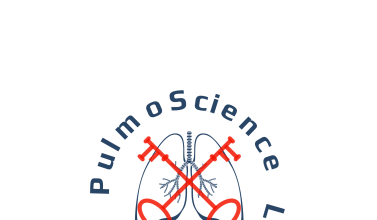Alveoli-on-a-chip
Furthermore, we work to establish an alveoli-on-a-chip: a model system for a human lung. With this model, we can test the effect of medication on an individual’s lung cells to assess effectiveness prior to administration to the patient. This model is also used to study lung repair. These models are development in collaboration with partners within human organ and Disease Model Technologies (hDMT) consortium.
Lung function and disease
The lungs are the primary organs of the respiratory system. Lungs take care of gas exchange, extracting oxygen from the atmosphere for release in the bloodstream, and releasing carbon dioxide from the bloodstream in the atmosphere. The lungs contain 300-500 million alveoli, the smallest structures in the lung that are responsible for gas exchange. The tissue of the lungs can be affected by infectious diseases (pneumonia) or lung cancer. Harmful exposure to tobacco smoke or substances such as asbestos can lead to chronic obstructive pulmonary disease (COPD) which causes difficulty with breathing. Lung diseases can also be hereditary, in which the susceptibility for asthma and pulmonary fibrosis run in the family. At the LUMC, we have specific expertise in treating patients with COPD due to α-1-antitrypsin deficiency, a rare hereditary disease leading to damaged lungs and other organs.






